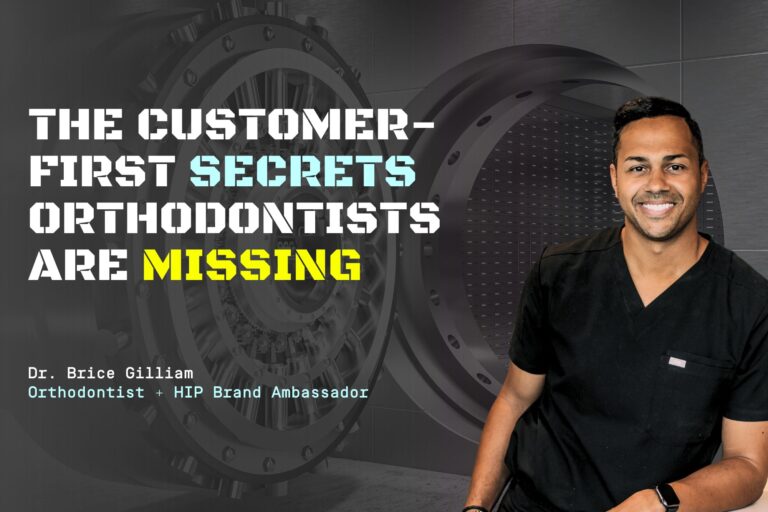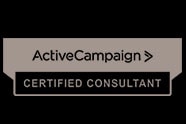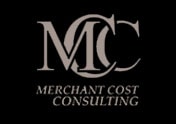Subscribe: RSS
Integrating your core values into your practice’s people, processes, and practices is the key to building a positive workplace culture that attracts and retains top talent, fosters growth and success, and makes a positive impact on your community. By defining your core values, investing in your people’s development, aligning your processes with your values, and fostering a culture of collaboration and innovation, you can create a workplace environment where everyone can achieve their goals and make a difference in their work and in their lives. Remember, building a positive workplace culture is not just about what you do, but how you do it. So take the first step today and start integrating your core values into everything you do in your practice—your people, processes, and practices will thank you for it!
Breaking Down the Hiring Process
As your practice grows, so do your responsibilities. However, one aspect that should not be overlooked is the hiring process. As a small practice owner, you may have taken on hiring yourself. However, as your practice continues to expand into a medium or large-sized practice, it may be time to consider delegating this task to your COO. When it comes to the hiring process, there are several questions you need to consider:
- Who’s Doing the Hiring?
- Where Should You Source Your Candidates From?
- How Should You Prepare for the Interview?
- How Do You Create a Great Interview Experience?
- The First Interview
- The Second Interview
When it comes to hiring in orthodontic practices, warm referrals are the key to success. They provide a trust factor from the outset, save time and money, reduce turnover rates, and have benefits for both the referred candidate and the referring employee. it’s critical to use PI assessments when recruiting new hires. Not only does it provide a comprehensive understanding of a candidate’s behavior and character, but it also eliminates biases, identifies any gaps, and significantly increases the chances that the candidate is the right fit for the role. By investing in qualified candidates, businesses can increase productivity, improve retention rates, and gain a competitive edge. Your first interview is about getting to know the candidate and them getting to know you. If you’re satisfied with their answers, proceed to the second interview. The second interview is where you’ll ask some of the harder questions. The podcast discusses the questions that are to be asked during each interview.
Unveiling the Onboarding Process
The onboarding process is the foundation of a successful employee experience. A good onboarding process sets the stage for a solid working relationship between you and your new hire. Start your onboarding process strong by creating a personalized plan that starts before their first day, introducing them to company culture, assigning a buddy, and monitoring progress regularly. A well-executed onboarding process empowers new hires to settle in and focus on learning their role with confidence.
Breaking Down the Onboarding Process
Onboarding is not just about covering the basics – it’s about nurturing your new hires so that they can thrive in their roles and become valuable members of your organization. By creating a clear path, investing in training and development, fostering a culture of communication, providing meaningful feedback, and celebrating their successes, you can turn your new hires into masterpieces. Remember that the onboarding process is ongoing, and that each new employee will have unique needs and preferences. Here are some things to consider when breaking down the onboarding process:
- Who’s Doing the Training?
- Which Resources Should You Use to Train?
- How Do You Track Their Progress?
In conclusion, tracking the progress of every new hire can help identify issues early on, evaluate employee performance, map employee growth and development, increase employee retention, and create a positive work culture. It is essential to embed this process into the onboarding process to ensure employees start their role and develop quickly and effectively.
Great leaders are the backbone of any successful company. Effective leadership inspires, motivates, and empowers a team to achieve its goals and reach its full potential. When leaders create a clear vision, build trust, encourage continuous learning, foster a positive company culture, and lead by example, they set their team up for success. Remember, your team’s success is your success, so invest in your leaders and empower your team to achieve greatness.
For full access to the book, you can email Anastasia@hipcreativeinc.com to receive a printed copy or access the audiobook here. Otherwise, stay tuned for each chapter to be released via the podcast every week!










